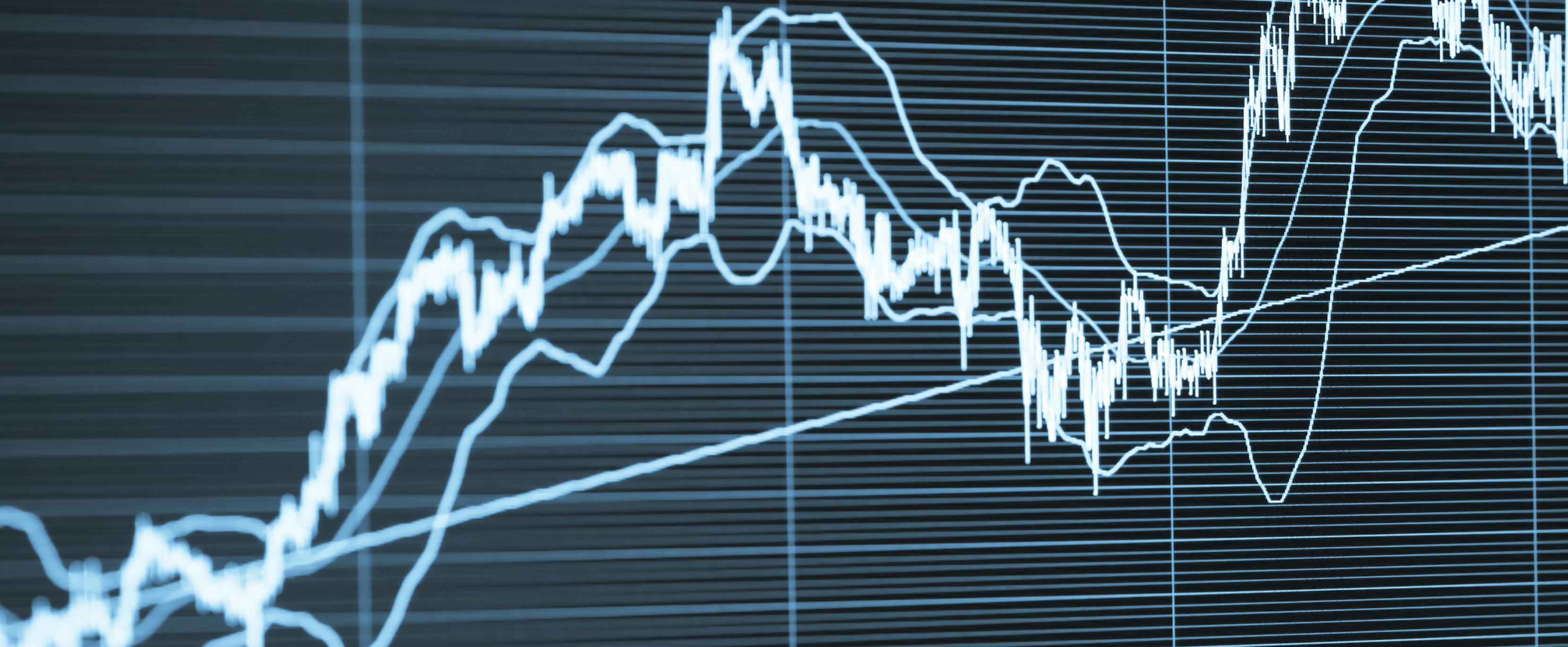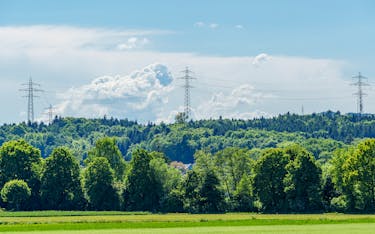
Over the course of the last year, electricity prices have risen dramatically to reach record highs, especially at the end of 2021. In late February, the Federal Electricity Commission ElCom spoke of a «historically unprecedented price increase». We interviewed Thomas Weber, Senior Energy Economist at Axpo, to explore the reasons for this trend and to try and glimpse what the future might hold.
What triggered this trend?
Thomas Weber: From summer 2021, a number of factors came together. Coal became more expensive as China imported more due to its strong post-pandemic economic recovery and its own mining restrictions. As for gas, European storage facilities were around 30% full in April 2021, a good ten percentage points below the previous year, although higher than they were in 2018, for instance. This meant that the storage facilities were not as full by the time the summer came, especially those belonging to Gazprom. Presumably, however, other players were also waiting to fill up given that prices were already rising, so Europe entered the autumn with a comparatively low gas stock just as geopolitical tensions were on the increase. In parallel to all this, expectations of stricter climate regulation in Europe caused the CO2 price to climb sharply, which further pushed up the price of electricity. So far, 2022 has been very volatile: the rather mild winter has had a dampening effect on prices, while the geopolitical situation has increased them. Since Russia’s invasion of Ukraine and the robust sanctions that the West has put in place, this geopolitical effect has been predominant
To what extent was this development foreseeable?
Sometimes when we look back there is a tendency to present the precise development that has occurred as the only one that was possible. The (gas) market as a whole had definitely not factored in the current situation last summer. In this respect, the developments over the winter came as a surprise to the majority, and I would maintain that the same goes for the current escalation in Ukraine. Of all the factors that together determine the price, increasing climate regulation was probably the one that was easiest to predict.
«Volatility is expected to remain high.»
Thomas Weber, Axpo
How is the situation on the markets developing?
Forecasting is very difficult at present in view of current events. The exception is volatility, which is likely to remain high. The overriding theme is the situation in Ukraine and how the relationship between Europe and Russia is changing. Russia supplies 40% of the gas consumed in the EU, as well as significant amounts of oil and coal. Consequently, it makes sense to think in terms of scenarios, and very different scenarios seem possible when it comes to our future relationship with Russia.
What are the main drivers behind prices on the electricity markets?
In the short term, the prices for coal, gas and CO2. In the long term, the speed of the expansion of wind and photovoltaic energy, along with the development of demand. Uncertainty as to the short-term factors is currently dominating the market.
«Prices on the futures market have risen.»
Thomas Weber, Axpo
Should we now expect high prices in the long term?
In Germany and Switzerland, prices on the futures market for deliveries between 2025 and 2030 have risen to over 80 EUR/MWh. A year ago, they were still below 50 EUR/MWh. The market therefore now assumes that prices will remain permanently higher. It’s worth mentioning the expectations of stricter CO2 regulation as a structural factor. It is interesting to note, however, that the higher long-term prices are not a pan-European phenomenon. In Spain and the Northern European markets, for example, the long-term price level is expected to be significantly lower, below 40 EUR/MWh. In Spain, this is due to the high levels of anticipated solar expansion, while in the Nordic countries, it can be explained by the good supply situation with hydro, wind and nuclear energy. Both regions have limited line capacities to Central Europe. Last but not least, the development of transfer capacities will have an impact on whether this spread will persist, or whether convergence will set in again.




